Old Galway
GALWAY MINOR HURLERS, 1965
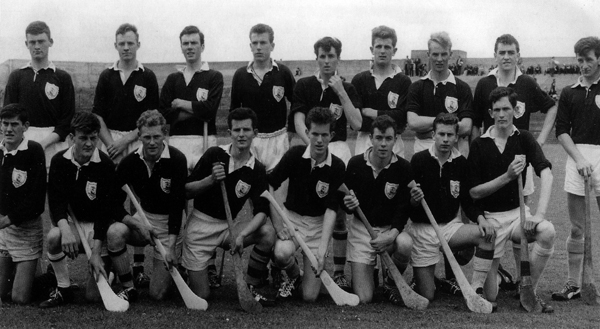
Hurling is more than just a game, it is the most Irish thing we have apart from our language, a national passion which is woven deeply into the social fabric of Irish society, an icon of Irish culture, a game that is played for pride, not money.Séamus King in his excellent book “The History of Hurling” has a reference to the game from Irish verbal history dating back to 1200 BC. Legend has it that both Cúchulain and Fionn MacCumhaill and the Fianna played it. In ancient times, teams representing neighbouring villages involving hundreds of players played matches lasting several hours.
The Augustinians and Forthill
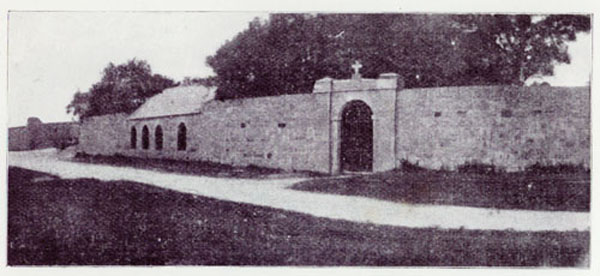
The Augustinians have been associated with Galway since the year 1500. Their first convent, or priory, was built on Fort Hill between 1506 and 1508. Its patroness was Margaret Athy who was the wife of the then mayor, Stephen Lynch. He sailed for Spain in search of a cargo of rich wines, and when he returned, he was astonished to see the graceful outline of a new church, with tower and tapering spire, on the elevated promontory that was Fort Hill. Not one stone of it had been laid when he left the city.In 1551 the churches and cemeteries of the Dominican, the Franciscan, and the Augustinian orders were handed over to the Reformed Collegiate Church by Edward VI, but nevertheless Catholics continued to use Fort Hill until the end of the century.
Galway's Military Museum

GALWAY’S MILITARY MUSEUM
Our photograph today was taken in Eyre Square in 1922, and shows the Connaught Rangers parading through the city on their last day in Galway. It is interesting to see them on horseback, on foot and with bicycles. As you can see in the foreground, there is a long line of soldiers standing in front of the crowd, and there is what looks like a temporary reviewing stand on the far side of the street.
Galway's Wartime Experience
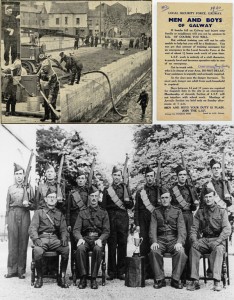
GALWAY’S WARTIME EXPERIENCE
“At 11.15am on the morning of the 3rd of September, 1939, we heard Mr. Chamberlain’s momentous speech declaring war on Germany. Each succeeding hour, the radio announced news. The first major item to be broadcast was that the
100 Years of Cinema in Galway
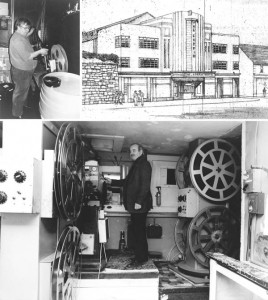
100 YEARS OF CINEMA IN GALWAY
The earliest reference to ‘Moving Pictures’ in Galway that I have come across dates from 1909, when “The Enterprise Animated Picture Company” came to the Court Theatre in Middle St. with their cinematography performances and variety entertainments.
The Huckster's Harvest

"The Galway races are unique in Irish Sport. For this is a real Connaught holiday. Caravans and their picturesque owners are making their trek weeks ahead. Urgent farm work is abandoned for an hour. Business and professional men; regular race-goers, hunting folk, farmers of all ranges of acreage, holiday trippers from the Eastern cities; Connemara and Aran Island men and maids who speak English
Fifty Years of Soccer in Mervue
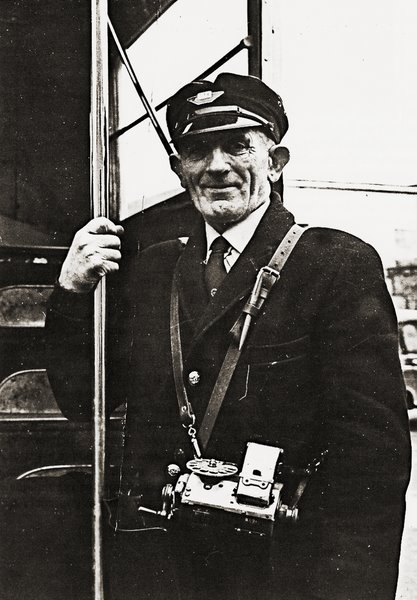
In the mid 1950’s, the corporation began to build houses on what had been a green field site in Mervue. The first families moved into Pearse Avenue in 1955, and within a few years, the housing project we now know as ‘Old Mervue’ was completed, and many more young families had moved in. The playgrounds used by the children were the open spaces in front of Plunkett Avenue and also between McDonagh and Clarke Avenues. All kinds of games were played here, but there seemed to be an emphasis on soccer.
Bowling Green of Yesteryear
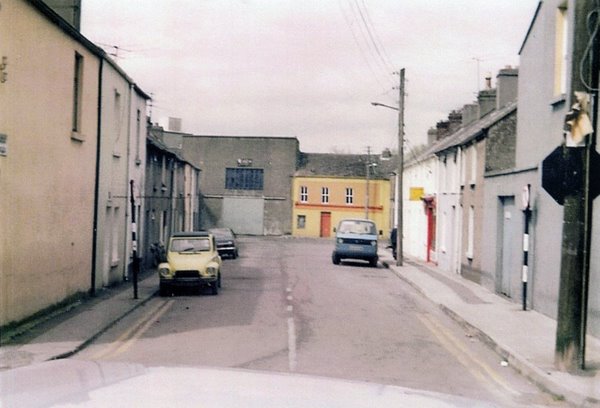
In 1883, a sub-committee of the Town Commissioners reported on the sanitary conditions of the houses in this area. Some were occupied in tenements, others were held by single families.“In none of these houses is there any provision as to water closets, privies or drains which, in itself is deplorable; but your committee feel it would be but ill discharging their duty if they stopped short
.png)